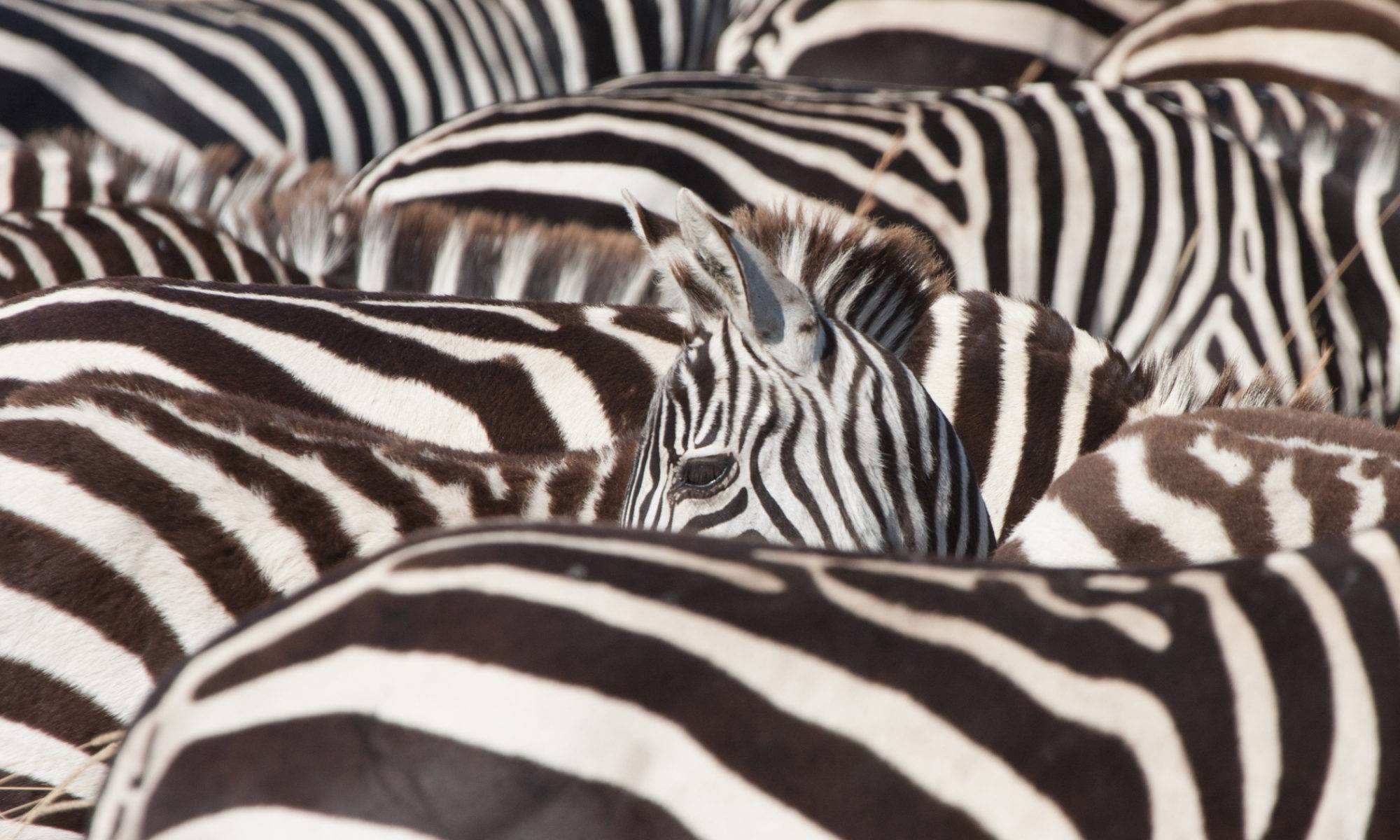It’s been a funny few weeks: we both came down with COVID just before Easter and have found it a hard work getting back into the swing of things. Fortunately when we were struggling to get out, it seemed that all we had to do was send out for delivery of some artificial but fun sustenance – we managed to add White-tailed Eagle, introduced into the Isle of Wight onto the house list and the day after had six of Knepp’s plastic White Storks. Not the wildest birds, but still spectacular.
Things are beginning to get back to normal (well, we’re walking as far as ever, just much slower). Here’s a few pictures from the last few weeks.
